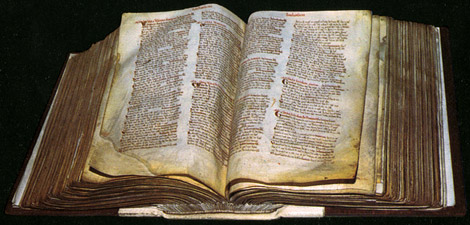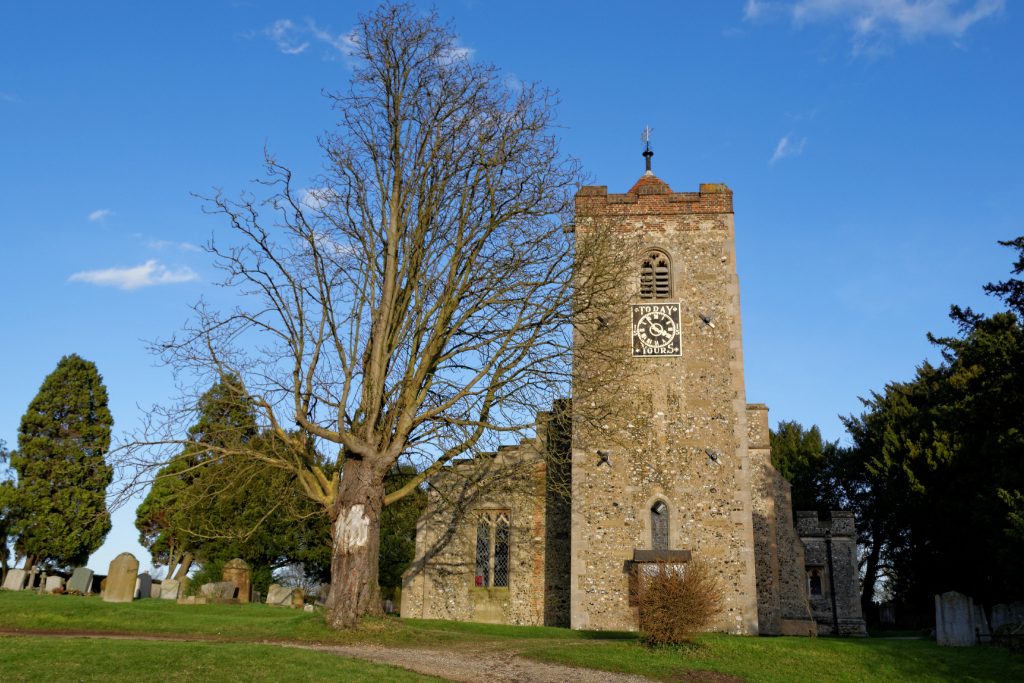The name Sheering is probably derived from Anglo-Saxon for “settlement of the people of Scir”. There are several early moated sites on either side of The Street in Sheering Village. One of which is in the grounds of Sheering Hall.
Sheering Hall Ringwork

Mesolithic flints and late Bronze Age or Early Iron Age pottery have been found in the southwest. A Roman stone coffin was found in the south, near Sheering Hall, and there is Roman brick in the church. A History of the County of Essex: Volume 8 (1983), pp. 240-249
In the Little Domesday Book of 1087, Sheering appears as a substantial settlement with 32 acres of meadow, woodland for 100 swine, a mill, and the unusual distinction of possessing a mule – one of the only two mules mentioned anywhere in the book. More
The Domesday Book was never completely finished; it was left in two volumes, one called Great Domesday and the other Little Domesday. Little Domesday includes the records for Essex, Norfolk and Suffolk which were the final locations for the commissioners’ work. They were probably not included in the main collection because King William died before all the records had been given to the principal scribe. The records are much longer than in Great Domesday and provide an insight into the extent of the information collected by the commissioners, and just how much had to be cut out to make the final version.
White’s Directory of 1848 offers more details of Sheering’s history.

Photos from the Frith Collection Sheering circa 1960
St Mary’s Church is a Norman building which contains numerous Roman bricks, a unique roof beam which is 40ft long and a wonderful 14th Century stained glass window. More
In Lower Sheering, the manor of Cowicks in the Domesday book, is also reputed to have one of the oldest trees in the country, an oak which is estimated to be around 1,000 years old. More
Further Research
A History of the County of Essex: Volume 8 (1983), pp. 240-249
